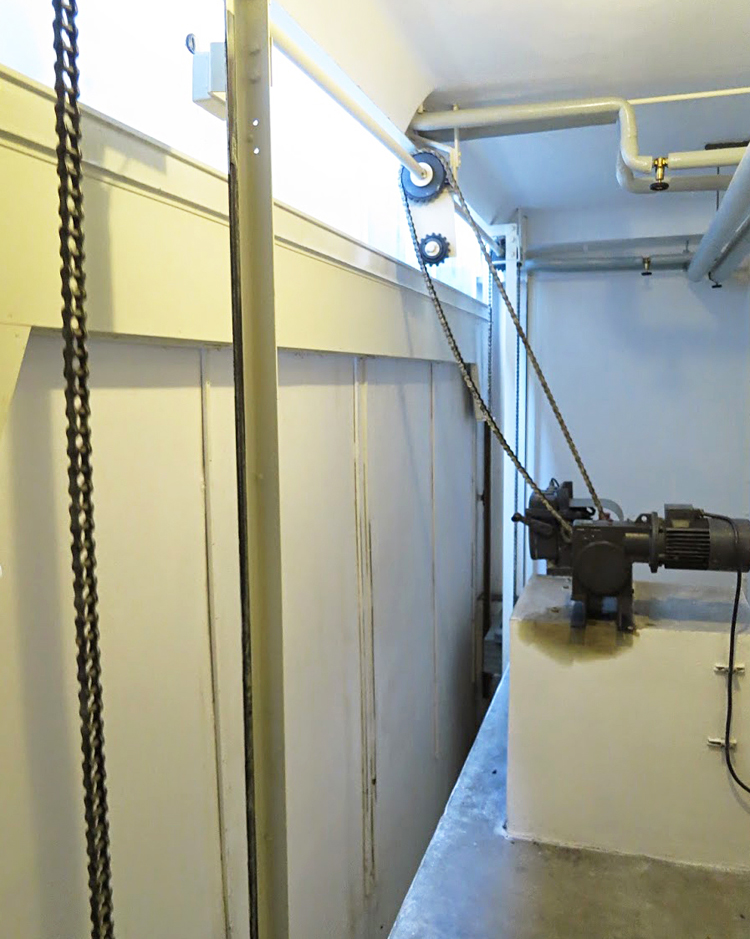On the Threshold of Discovery - Page 4
 |
|
|
 |
 |
|
|
Also, says Neal Anderson, presently Arcadia's division manager on the West Coast for aluminum sliding doors, "You don't get as good weather [proofing] with the top roller because of the way it hangs."
"Today," he says, "99 percent of doors are bottom rollers."
To his displeasure, Raymond Neutra hasn't yet singled out who invented the bottom roller—or exactly when. But he believes the first bottom rollers were from Steelbilt, Inc., one of several companies that developed and marketed sliding doors in the late 1940s and early 1950s.
Most sliding door companies were based in Southern California: Steelbilt in Gardena, Arcadia in the city of Arcadia, Panaview in North Hollywood, the Frank B. Miller Manufacturing Co. in Burbank, and Malibu Manufacturing Corp. in Los Angeles. Up north, Sacramento's Blomberg Windows came on the scene a bit later, in 1957.
By the late 1940s, prefabricated sliding doors framed in wood or steel were increasingly available, though they never achieved the level of acceptance that sliding doors of aluminum would reach a few years later.
Still, as a mid-1949 ad for the Accurate Metal Weather Strip Co. in Architectural Record suggests, sliders were increasing in popularity. Based in midtown Manhattan, Accurate was hawking "exterior sliding door weather strips...to meet the increased applications of exterior sliding doors and glass walls."
The company's purpose was "to make possible smooth, efficient operation while providing dependable waterproofing qualities and reduced air infiltration." The sliders shown in the ad were framed in wood.
In a 1951 Architectural Review article, 'Hardware 24 - sliding doors,' architect Seymour Howard, an instructor at Brooklyn's Pratt Institute, discussed in detail the various parts that could be used to construct a sliding glass door, making clear that at this time many architects and builders were putting together individually designed doors.
The hardware that could go into these doors included overhead tracks of steel or aluminum; 'pendant brackets' to hold doors in place; wheels of steel, fiber, plastic, rubber, or brass; cupped 'sheaves' holding bottom-rolling wheels; 'head guides' and 'floor guides,' and more.




